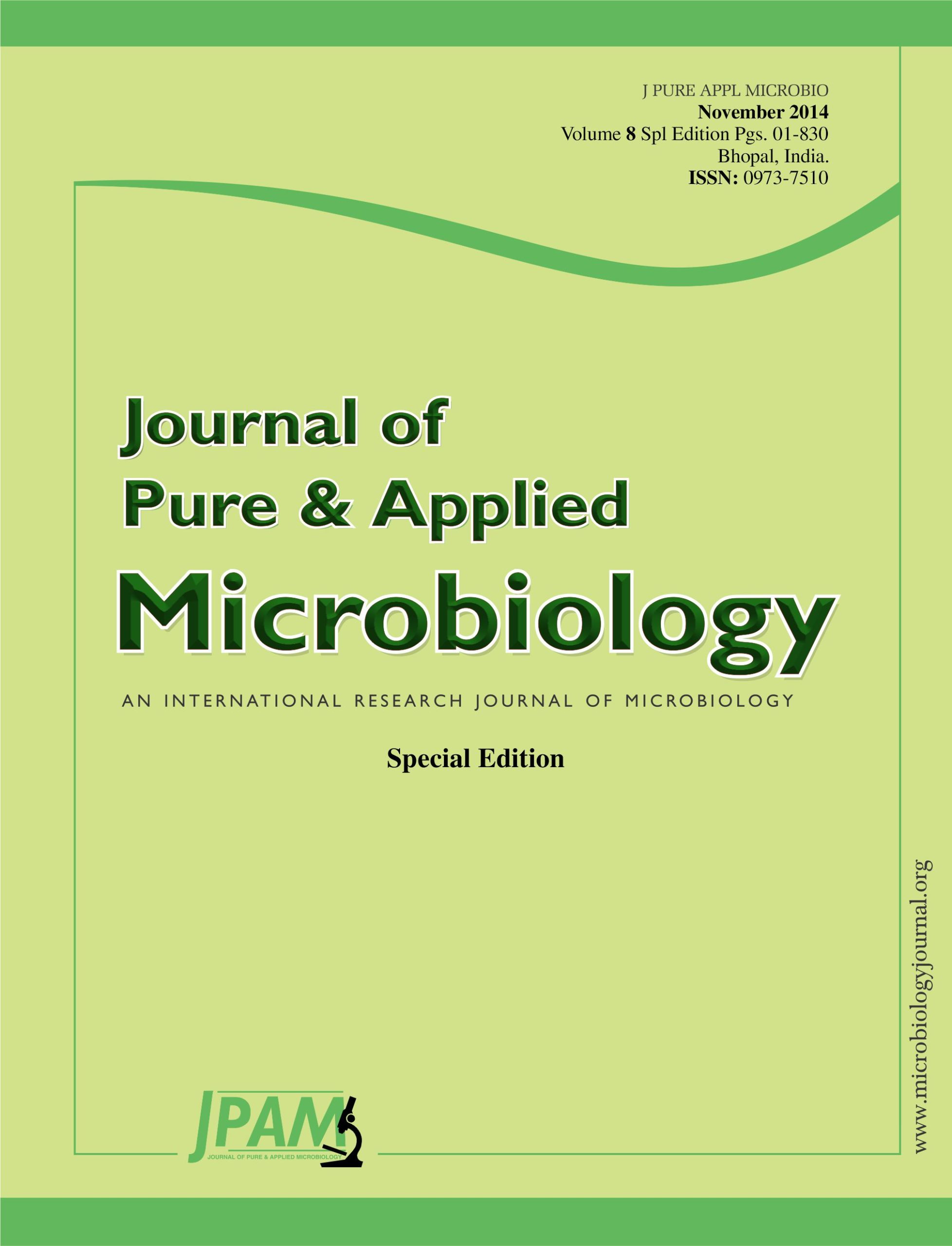The regional geography of Saudi Arabia supports the plant diversity of global, regional and local medicinal plants.There are hundreds of plant species that are of valuable in folk medicine, most of these plants is still under study or they did not yet examinedas a medical value, the medicinal plants in Kingdom are rare and still under the danger of extinction because of rapid change in both environment and development activities, Calligonum comosum (stem and fruits) is selected to be studied through this research, in terms of chemical analysis and the impact of plant extractions that undergoes sequential separation using ethanol, chloroform, petroleum ether, ethyl acetate and n-butanol solventsto be used as antioxidant and antibacterial extracts. The processes of extraction, separation and identification of the Calligonum comosum compounds were carried out using GC-MS instrument. The effect of plant extracts as antioxidation was of greatest impact for the stem extract in the inhibition of free radicals, where the percentage of inhibition was 74.303% with the concentration of 8mg/ml, followed by the effect of the fruit extract where inhibition ratio reaches 65.74% at the same concentration, followed by the roots extract with inhibition ratio of 17.9%. The minimum inhibitory concentration MIC of each extract showed a recognizable effect on the studied bacterial strains. The stem extract with chloroform and Ethyl acetate solvents has a better effect on the bacterial strain Bacillus subtilis and achieved lowest inhibitory concentration, and for the fruit extract, the solvent n-butanol gives the best effect by showing low inhibitory concentration of the bacterial strains Escherichia coli, Shigella sonnei and Bacillus subtilis.
Calligonum comosum, Antibacterial, Antioxidant
© The Author(s) 2014. Open Access. This article is distributed under the terms of the Creative Commons Attribution 4.0 International License which permits unrestricted use, sharing, distribution, and reproduction in any medium, provided you give appropriate credit to the original author(s) and the source, provide a link to the Creative Commons license, and indicate if changes were made.


